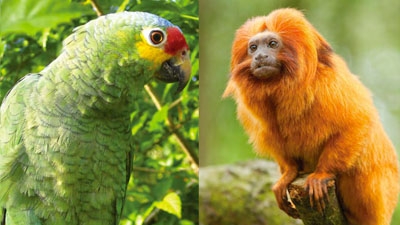Peru is considered a mega-diverse country. Its territory contains approximately 10% of the worldwide species of flora, 2.000 species of fish; 1.736 species of birds (second ranking in the world in biodiversity); 32 species of amphibians (it ranked the third place in the world); 460 species of mammals (ranking third in the classification); and 365 species of reptiles (ranking fifth in the classification). In general terms, 20% of Latin America is reserved for biodiversity, whilst in other regions 13% is the average.
However maintaining this biodiversity has a significant monetary cost, as well as human capital. According to a World Bank Report the optimum investment for the biodiversity financing in Peru’s protected areas would be approximately US$41,8 million annually. In 2010, the total investment of the Peruvian government only reached US$13,1 million, less than 50%, so there is still a long way to go.
Investing in Biodiversity
Investing in Peru’s biodiversity preservation is the first step to safeguard the natural richness for the future. Yet, before investing it is necessary to collect funds, so that investments become fruitful and to prepare the Headships and Management Committees, the related managing mayors, as well as all players who participate in the natural protected areas administration.
Thus, in 2003, the project called Participatory Management of Protected Areas was created and received the financial support of the Global Environment Fund (GEF), through the World Bank until 2010.
Its goals included working at least in 5 protected areas of Peru and improving the biodiversity preservation through participatory management, besides contributing to the protected areas financial sustainability.
The funds generated with this Project were secured through a financing counterweight system. NGOS, as well as other through local agencies, applied in order to be awarded the administration contracts of certain protected areas under the agreement that they will contribute, at least, at the same level of resources than those offered by the government, releasing the state of this financial burden, somehow.

